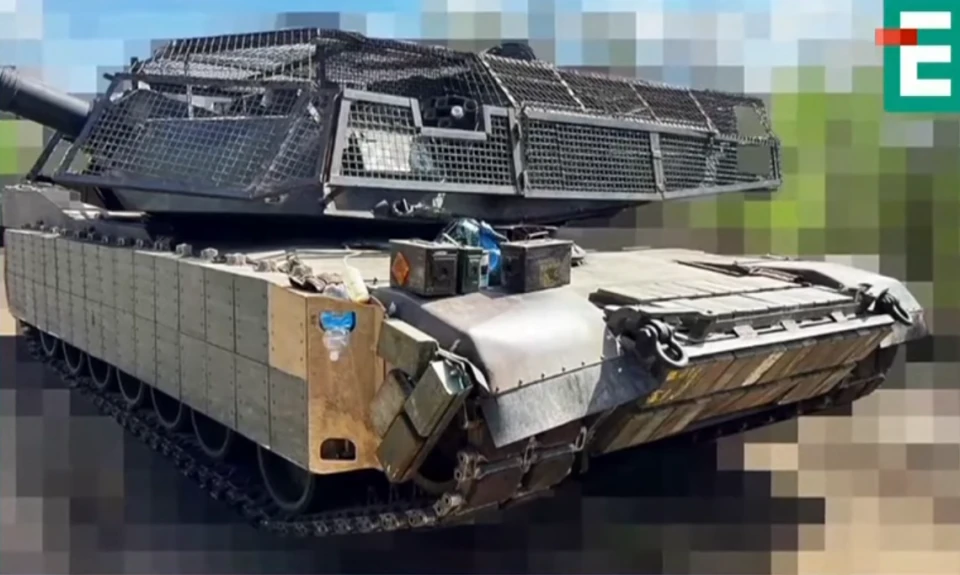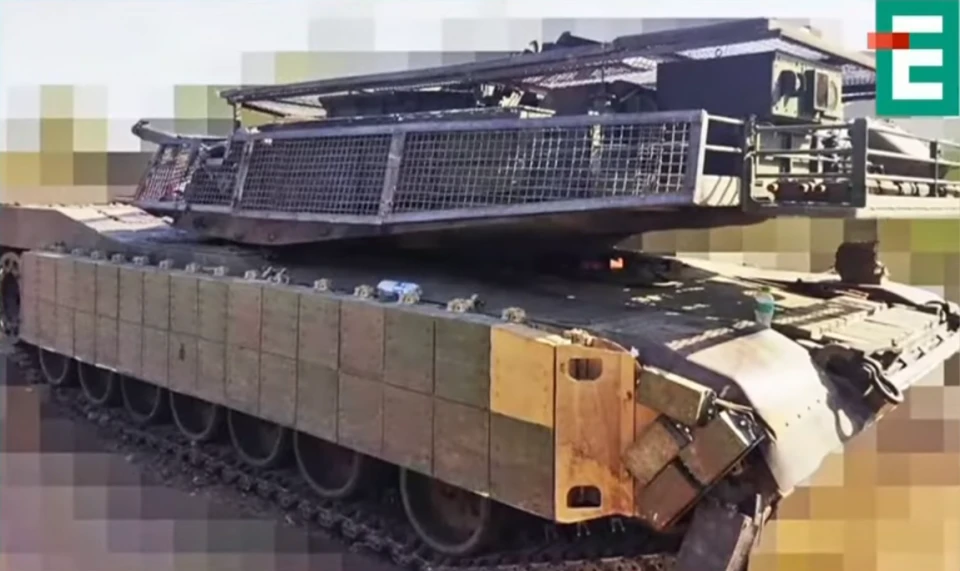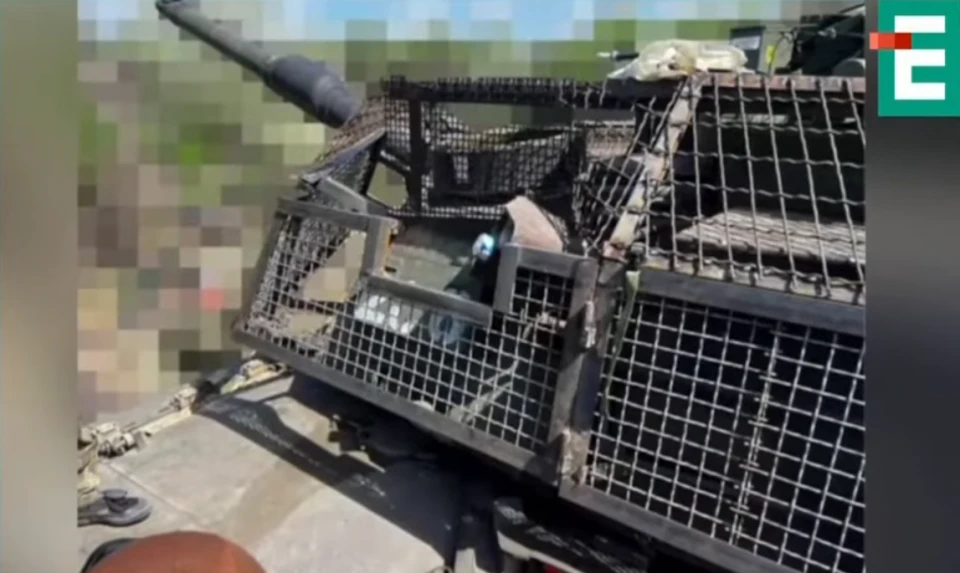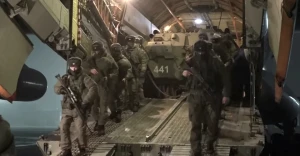
ATACMS on Russians and new permissions for Ukraine to strike at Russian territory: Serhiy Zgurets column
Several NATO and EU countries have publicly supported Ukraine's authorization to strike targets within the Russian Federation
Strikes on targets in Russia
Defense ministers from the European Union met in Brussels today, discussing a critical issue for Ukraine: lifting the ban on using Western weapons for strikes inside Russia. The final details of the discussions are still unknown. The use of Russian weapons in Ukrainian cities like Kharkiv and Vovchansk has caused devastating consequences, which must be countered.
Previously, several NATO and EU countries publicly supported allowing Ukraine to strike Russian territory. The use of Western weapons by Ukraine for such strikes was backed by Britain, Poland, the Baltic States, the Czech Republic, Sweden, and the Netherlands. Germany, however, opposes this. Some European countries are waiting on the USA, where some congressmen have already pressed the Biden administration to change the current stance favoring Russia.
This intense debate needs to end with a result that aligns with Ukraine's military needs. The aggressor shouldn't have an advantage because of our partners' restrictions. It's clear that the Armed Forces of Ukraine must be able to strike inside Russia with all available weapons.
Explosions in occupied Luhansk
Explosions rocked the temporarily occupied Luhansk on the evening of May 27. ATACMS missiles struck a military facility, likely a resort used by a military school housing S-300 or S-400 bases. These are used by the enemy for attacks on Ukrainian cities. We await satellite images and more details on the aftermath of these strikes.
F-16 and Patriot for Ukraine
Belgium has announced it is ready to transfer 30 F-16 fighters to Ukraine. The first planes are expected by the end of this year, but the full supply will extend until 2028.
On Tuesday, May 28, the Netherlands announced it would lead the joint effort to supply the Patriot system to Ukraine. The Dutch Ministry of Defense, in close cooperation with several partners, plans to assemble one Patriot anti-aircraft missile complex with components from various European countries for Ukraine's Defense Forces. Currently, Ukraine has three Patriot air defense systems, with another promised by Germany. President Volodymyr Zelenskyy has indicated a total need for seven units.
Downing Russian Su-25
The Defense Forces now use various systems to shoot down enemy air targets. The 110th Separate Mechanized Brigade announced that it downed seven Russian Su-25 attack aircraft in less than a month. Not all crashes are documented, but there are key facts and trends.
Enterprise "Energy-2000" develops simulators, including for MANPADS. They supply modern simulators to help the military master Ukrainian and Western weapons. Mykola Salamakha, an expert in armored weapons, discussed the use of MANPADS and their effectiveness in targeting enemy aircraft.
According to him, the high number of Su-25 shoot-downs by the 110th brigade shows three things.
“First, modern battlefields are packed with MANPADS. Back in Soviet times, a motorized rifle division had around 110-120 portable anti-aircraft missiles. But exercises showed only about three to five actual hits, even though the chances were said to be 35-40%. So, three launches per unit often meant missing the target. Second, the training level for MANPADS has improved. Nowadays, some brigades have simulators for "Igla", "Piorun", or "Stinger". With better training, those three to five launches can now result in about 10 to 15 hits. This means every tenth launch might hit a target. Some skilled specialists have downed up to five targets, including drones, attack aircraft, and helicopters. One soldier even took down 14 aerial targets. The third point is that the Russians have gotten sloppy. Their commanders, especially during intense fighting, try to use Su-24 attack aircraft directly over the battlefield. When they cross the critical line where we can confidently shoot, our operators fire and end up taking down the Russian aircraft.”
With the start of active hostilities, orders for MANPADS simulators increased significantly in the Armed Forces, State Border Service, and National Guard of Ukraine, says Salamakha.
Russian “turtle-tanks”
Similar "turtle" type tanks are increasingly showing up in enemy hands. But usually, it's a one-way trip.
"The design bureau and industry can't quickly prepare countermeasures against reconnaissance drones, kamikaze drones, and FPV drones. They need to equip both our and Russian tank troops with electronic warfare tools against various drone classes. That's why they start building such things. A mine trawl up front handles mines, and then they need to bring the landing party within at least a kilometer to try and attack the positions. Usually, these structures rarely withstand an attack by 10 drones," said Salamaha.
When it comes to how the Armed Forces use tanks, we don't often see them being paired with other armored vehicles. The reason is that the statutes governing our tactics were last updated about 10 years ago. The experience gained from the Anti-Terrorist Operation in 2014 and subsequent operations hasn't allowed for a thorough evaluation or generalization. We haven't made any predictions for the future, so no changes have been made to the regulations, explains the military expert.
"It's unnecessary to amend the statutes. Instead, we can issue temporary instructions and recommend their implementation in the troops. We train many reserve officers and officers for higher positions through captain's courses, academies, and training centers. Unfortunately, the statutes, primarily drafted during the World War II and later revised with the emergence of nuclear weapons and the development of war doctrines, still serve as the guiding documents for military academies and institutes. However, the reality of our actions often diverges significantly from these theories. There's a considerable gap between the realities of life and the theory, which will be rewritten anew once we achieve victory," he pointed out.
Improving Abrams
"The Americans, prior to releasing the next version of the Abrams, assessed the likelihood of defenses against different types of ammunition. However, they overlooked the fact that 72.5 mm caliber shaped charge grenades, ranging from RPG-7v to more powerful variants, could attach to drones and strike at an angle of 30-40 degrees in vulnerable areas. Unfortunately, this is the reality of the battlefield now. Aiming to reinforce the lower frontal section, they installed a metal anti-shape charge grid. This grid primarily defends against RPGs and drone attacks or units using various types of grenades dropped from above. Constructing it correctly is essential. Understanding the nature of shaped charge grenades, their usage, and the ideal distance from the main armor to the metal structures is crucial. As it stands, the current setup may inadvertently trigger shaped charge grenades at an insufficient distance. It should be at least 500-600 meters. Ideally, the metal structures should have a sharp edge to prevent the propagation of detonation signals, especially in the case of anti-tank grenades," explained Salamakha.



- News











































